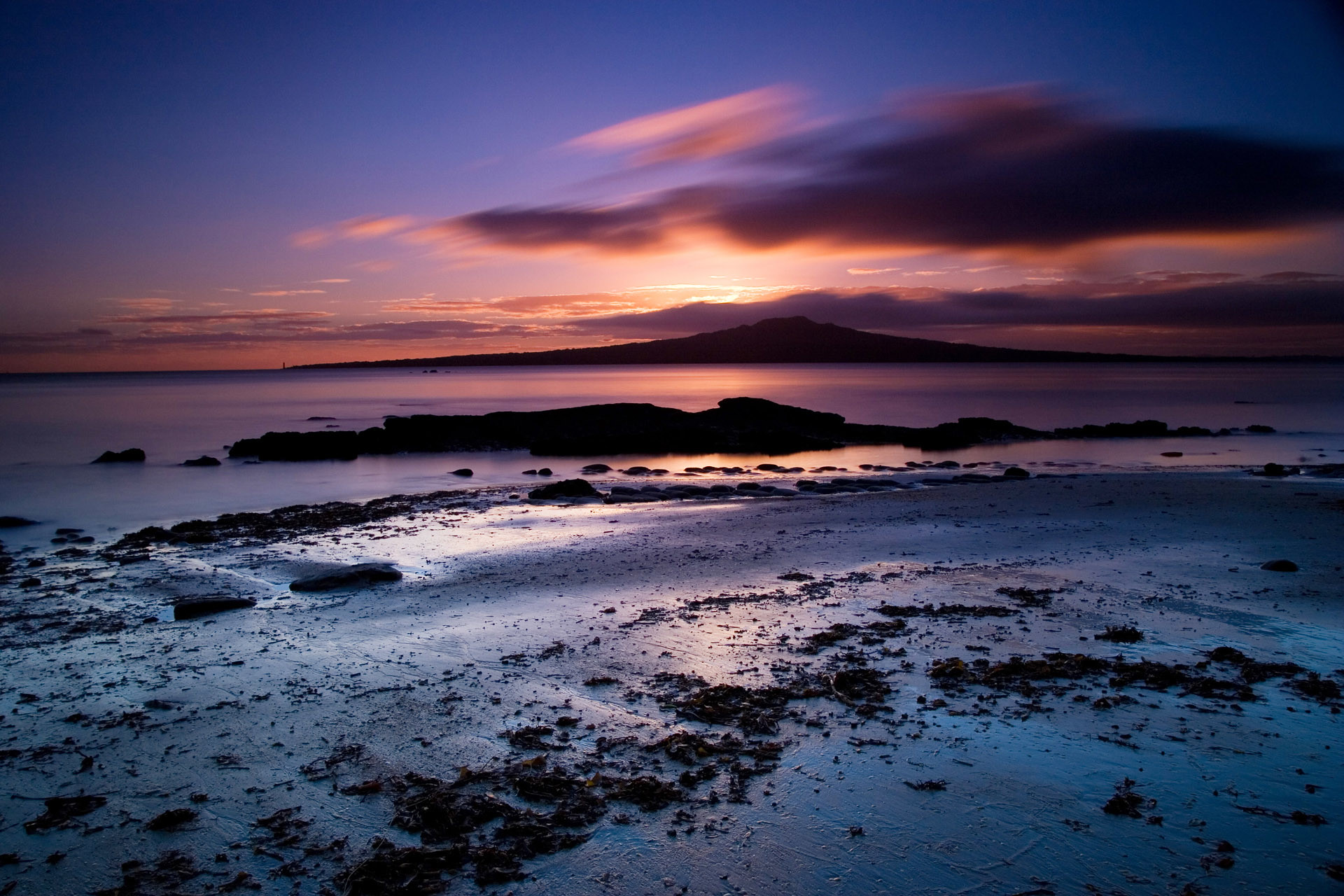A new ICEERS report estimates the number of people drinking ayahuasca worldwide and analyzes fatalities reported by the media
__
Carlos Suárez Álvarez & ICEERS | 6 June 2023
It has been a burning question over the years: how many people take ayahuasca worldwide? In 2020, we embarked on an extensive investigation to find an answer, albeit an estimate. We spent years scrutinizing official drug consumption surveys worldwide. We delved into the microdata they presented, including that which hasn’t been published but has crucial relevance. Additionally, we consulted academic research on consumption prevalence, although sometimes the data was only partially available or limited to specific regions. We contacted a long list of researchers so they could offer their contributions to these estimates. And finally, we contacted tourist retreat centers and ayahuasca churches to gather insights into the number of people they have served.
After gathering this fragmented information, we organized and analyzed it which allowed us to extrapolate data to create a coherent overall picture. Based on our approximations, we estimate that over four million people from the Americas, Europe, Australia, and New Zealand have consumed ayahuasca at some point in their lives. In 2019 alone, approximately 820,000 individuals would have consumed ayahuasca, resulting in nearly five and a half million servings being offered. Our ongoing parallel research suggests that only 10% of these four million people belong to Indigenous groups where ayahuasca has traditionally been an integral part of their knowledge systems. This highlights the significant impact of the globalization of this plant medicine.
We felt that the rough estimate of ayahuasca drinkers worldwide should be complemented by a thorough analysis of the deaths that the media has attributed to ayahuasca in recent decades. The association between ayahuasca and reported deaths has raised concerns within the plant medicine community, which has witnessed the potential benefits this Amazonian brew holds for health and spirituality. These concerns arise from the fear that such information could fuel repressive government policies.
Our analysis of media-reported deaths led us to a fundamental conclusion: among the 58 deaths linked to ayahuasca worldwide, not a single autopsy has attributed the fatalities to acute ayahuasca intoxication, specifically referring to the traditional brew of Banisteriopsis caapi and Psychotria viridis. In the few cases where ayahuasca did play a part, the majority of deaths could have been prevented if the experiences had adhered to the minimum safety standards.
Estimating the global prevalence of ayahuasca consumption holds significant value in understanding its expansion and the social, economic, and environmental implications it entails. Comparing these numbers alongside an analysis of the deaths the media attributed to ayahuasca would further amplify the value of this collective information. It can also help shed light on the alleged “danger” of ayahuasca which can be a tool to guide public policies.
The information provided thus far is just a glimpse of the extensive and detailed Executive Summary that can be found here. The comprehensive 196-page report is available in Spanish upon request.
Ayahuasca and Deaths
The initial section of the complete report meticulously examines each death associated with ayahuasca as reported by the media, paying special attention to cases in the Netherlands. Based on our preliminary analysis, the ratio between deaths directly or indirectly linked to ayahuasca and the number of people consuming it worldwide appears to be very low. However, we acknowledge the limitations of the available information, preventing us from establishing this ratio with rigorous certainty. Yet, such comparative analysis could prove useful when juxtaposed with other substances, thus warranting further research.
The second part of the report’s first chapter provides an analysis of our estimates on ayahuasca consumption in tourist retreat centers. Subsequent chapters present statistics on ayahuasca consumption in various countries including Colombia, the United States, the Netherlands, Spain, Brazil, the Czech Republic, Estonia, and Uruguay. The final chapter extrapolates the collected data and offers an in-depth analysis.
The findings presented in this report should be regarded as a rough estimate that provides guidance rather than an accurate representation of worldwide ayahuasca consumption. We acknowledge the limitations of this research. The aim is for this information to be used as a foundation for a more comprehensive, precise analysis in the future.
It is crucial to emphasize the immense therapeutic and spiritual potential of ayahuasca, as evidenced by its longstanding history in shamanic and religious traditions and its rapid global expansion. We must honor and recognize the Indigenous Amazonian peoples who have been the carriers of this knowledge, generously sharing ayahuasca and associated shamanic rituals. These communities face significant challenges that threaten their local environment and knowledge systems. It is the responsibility of the millions of individuals worldwide who benefit from the widespread prevalence of this Amazonian medicine to support the integrity and empowerment of these Indigenous communities.
In the coming weeks, ICEERS will publish a series of journalistic articles on our website that will present the results of this research in more detail. In the meantime, you can access the Executive Summary, available in both English and Spanish.
Happy reading!
Further Reading
- Ayahuasca Technical Report
- Carlos Suárez: Ayahuasca Tourism Redirects Faith from the Spirits to the Molecules
- Technical report “Ayahuasca in Spain”
- Link to the full 196 page report (in Spanish) is available by request here.
Photo by Chris Gin on Flickr.
Categories:
Ayadeath Report
, NEWS
Tags:
ayahuasca
, traditional medicine
, death
, media
, consumption

